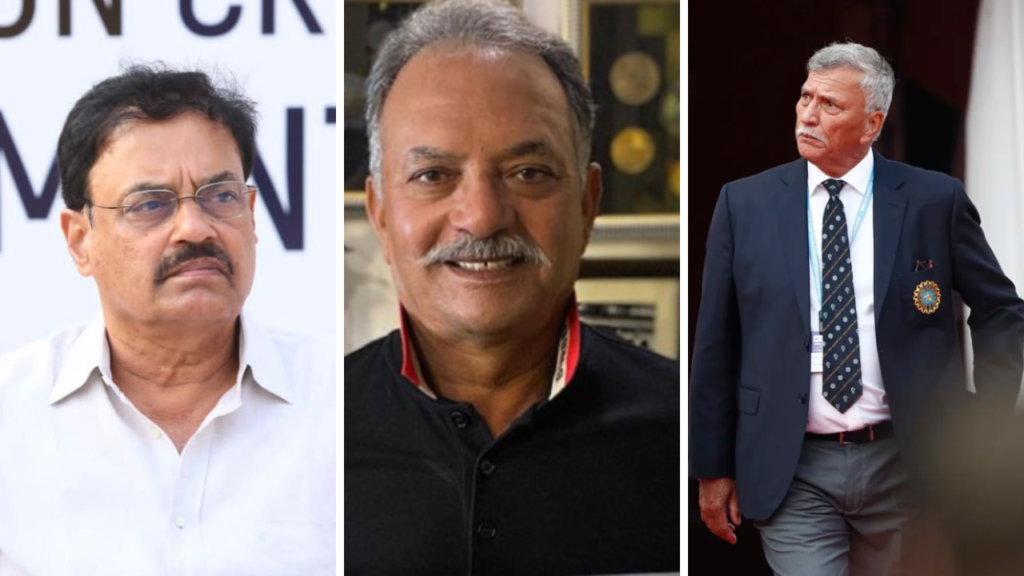
For decades, Headingley was associated with one of Indian cricket’s lowest points. The scoreboard showing 0-4 in the second innings in 1952, after Fred Trueman and Alec Bedser ran amok with the new ball, remains a sore point. That Vijay Hazare and Dattu Phadkar battled back to make a match of it was forgotten thanks to that one photograph of the scoreboard.
By the time India arrived in England in 1986, they had gone 10 Tests without a win – seven of them draws – since beating the same opponents in Mumbai in November-December 1984. England, fresh off a 5-0 thrashing in the Caribbean, were without Ian Botham, suspended for smoking cannabis. Still, India’s win at Lord’s, another first, was a shock, set up by Chetan Sharma’s five-wicket haul and Dilip Vengsarkar’s masterful 126.
Ahead of Headingley, two big blows. Mohinder Amarnath, one of India’s most consistent batters over the previous 18 months, wasn’t fit enough to play, while back spasms ruled out Chetan Sharma.
“Coming into England, we were determined to make a difference,” Vengsarkar, who was also later chairman of selectors, said to me. “It was an opportunity to redeem ourselves and move on from what happened. I was batting well, and all things seemed to fall in place in England. I am glad I was able to make a difference on the tour and make a telling contribution with hundreds at Lord’s and Headingley.”
In fact, one major highlight of this tour was Dilip Vengsarkar completing the distinction of scoring three consecutive hundreds at Lord’s and scoring a match-winning second-innings 102 at Headingley.
At Headingley, Madan Lal was drafted in from Lancashire league cricket, while Chandrakant Pandit came in for Amarnath, with Ravi Shastri moving up to No. 3. England had sacked David Gower after Lord’s, with Mike Gatting the new captain. Kapil Dev decided to bat, and India were well placed at 203-4 when John Lever – of Vaseline fame, and recalled at the age of 37 – triggered a collapse with the wickets of Vengsarkar (61) and Kapil (0). But despite slipping to 213-8, Kiran More’s unbeaten 36 allowed India to post 272.
Madan Lal and Kapil reduced England to 14-3 before they limped to 102 all out. Roger Binny did the damage later in the innings to finish with 5-40. India then slipped to 35-4 before Vengsarkar marshalled a magnificent rearguard action. His unbeaten century and partnerships with the lower order took India to 237 in their second innings.
The pacers made the early incisions as England chased 408, and Maninder Singh mopped things up with 4-26 as India won the Test, and series, by a huge margin of 279 runs.
In fact, it could be said that never before had an Indian team acquitted itself better than Kapil’s men, who beat England in both the Texaco one-day and Cornhill Test series in 1986. This was one of Indian cricket’s best overseas victories of all time, comparable only in importance to what had been achieved in 1971. It was especially so for Chetan Sharma, who needed a miracle to get going again after being hit for six off the last ball by Javed Miandad in Sharjah. For months, he was a traitor who had let the nation down. The win in England made him a more complete cricketer.



